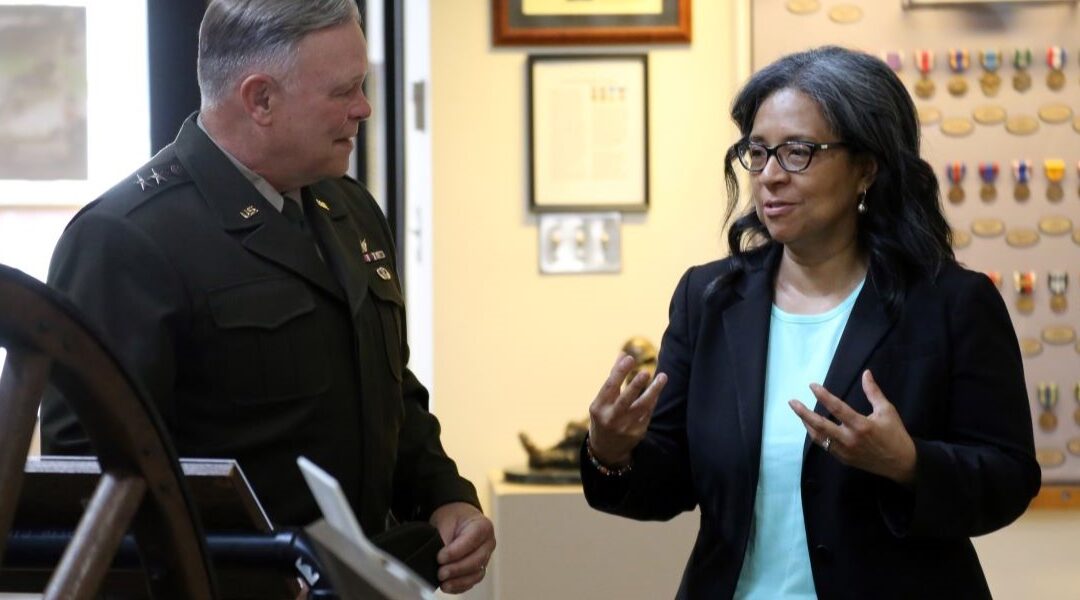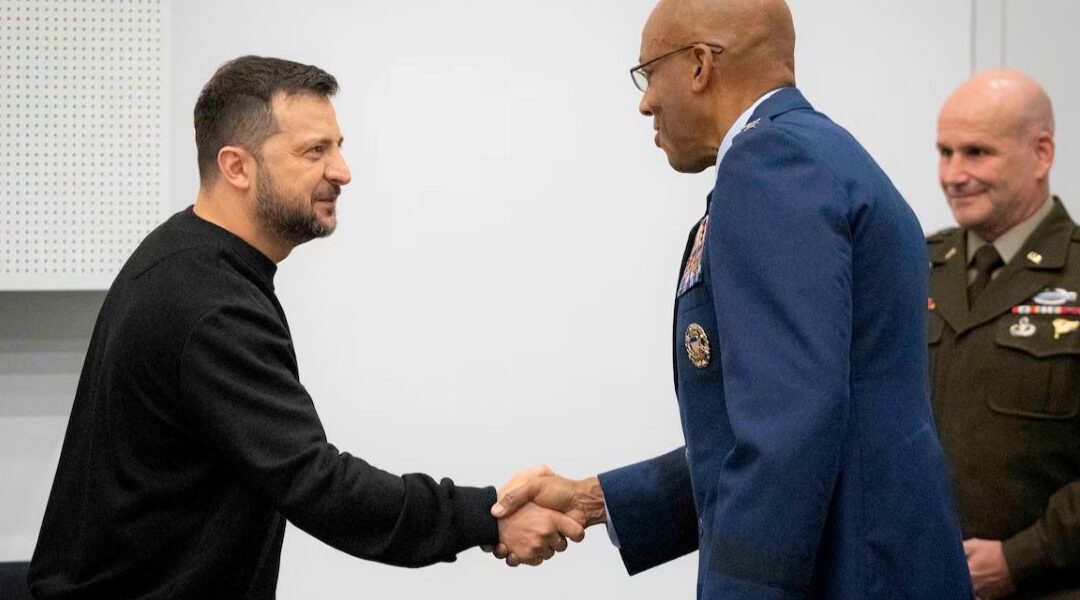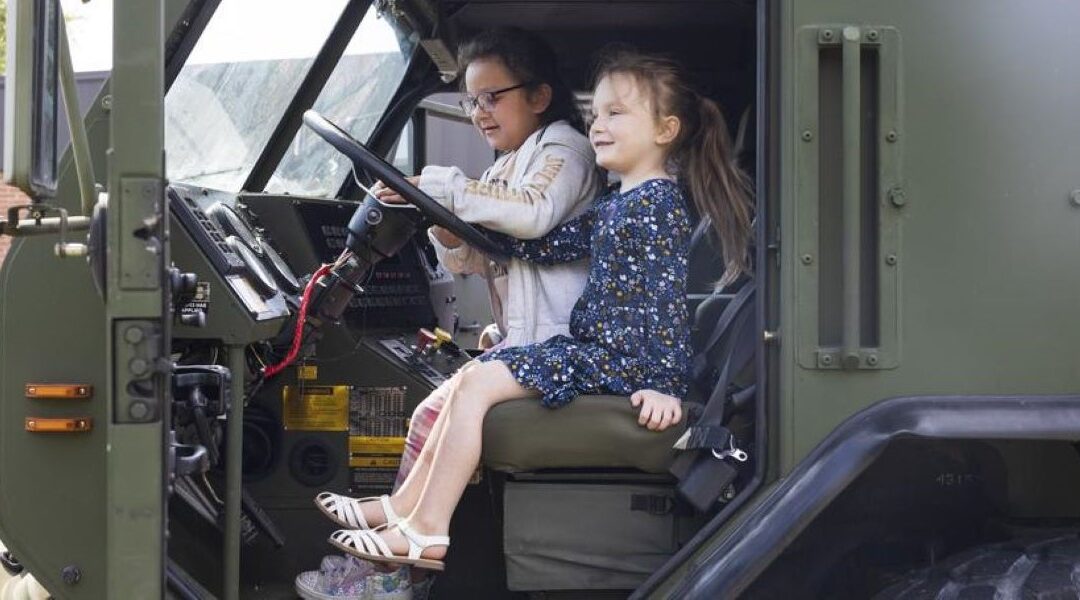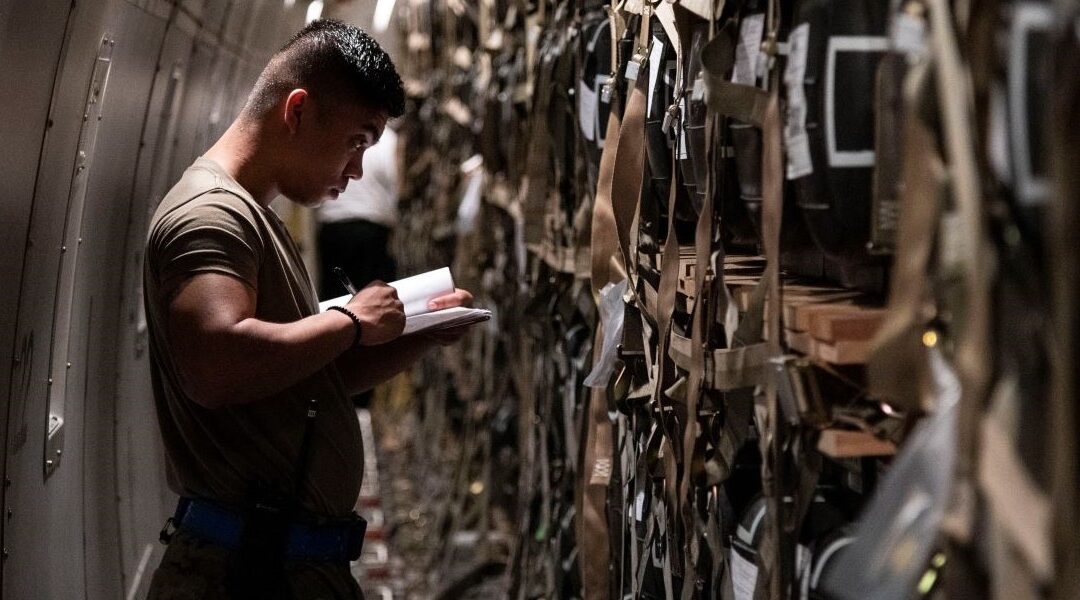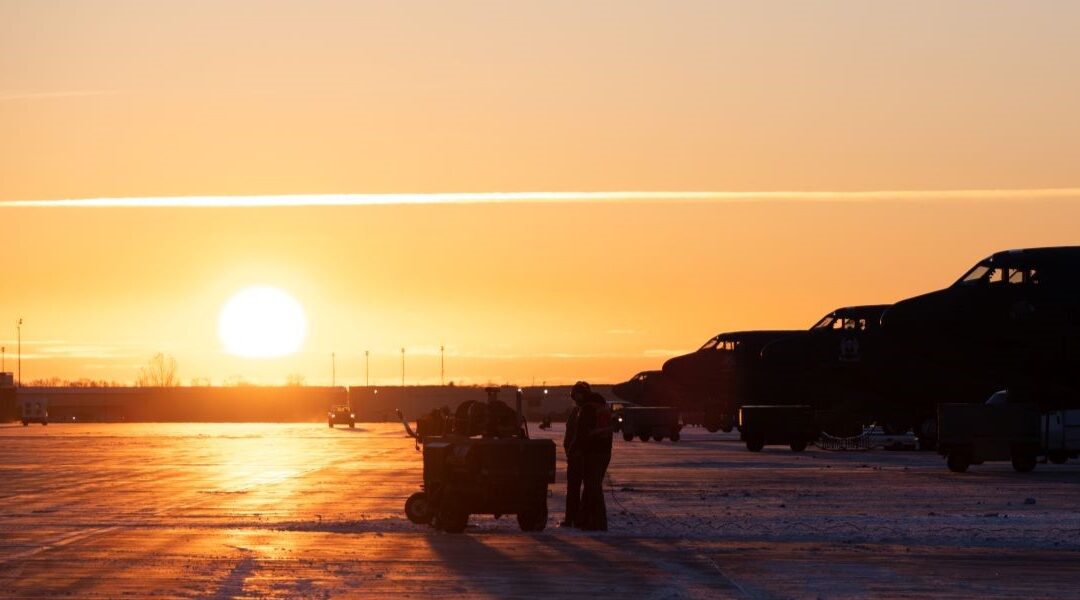
The Association of Defense Communities kicked-off its Summit Series virtual conference last week, which featured a panel of senior service leaders from the Department of Defense.
“Crisis brings out the best of us,” said ADC president Joe Driskill during his opening remarks on Sept. 24. “That is true for America’s defense communities in this past year and the years ahead.”
Driskill outlined the challenges affecting installations across the nation including issues of racial equality, infrastructure, housing, and spouse employment opportunities. Furthermore, he said that meeting these challenges will require a “one community” approach in which installations and communities work together.
The Keynote Series’ first speaker was Ramón “CZ” Colón-López, Senior Enlisted Advisor to the
Chairman of the Joint Chiefs of Staff. The conversation began with a discussion of the armed services’ approach to racial diversity and inclusion.
“The collaboration has been phenomenal so far,” said Colón-López. “Much like ADC, we’re focusing on communication, reporting and accountability.”
Colón-López says DoD has been examining this topic by understanding historic approaches used by the military (e.g. racial unrest of the 1960s), as well as policy research through RAND. Additionally, the Office of the Secretary of Defense has reviewed over 70 regulations and studies to ensure “we leave no rock unturned.”
Driskill then turned the conversation to quality of life issues affecting service members. Colón-López said the Department is in the process of creating “human performance and optimization centers.” He says this new resource will be less of a mental health clinic, but rather a personal resource accessible to all service members.
The COVID-19 pandemic was also discussed. Specifically, Colón-López highlighted the stresses brought on by spouses losing jobs, families feeling segregated from loved ones due to restricted travel, and military families having to take more of a role in education of their children. “We need to put in the policies and mechanisms to relieve this stress,” he said.
“Something that is hiding in the corner is the invisible wounds issue,” said Colón-López. “We’ve been at war for over two decades and we have a lot of people that are struggling and are afraid to seek help. We have their best interests at mind and the nation owes it to them.”
The next speaker was Jordan Gillis, Assistant Secretary of Defense for Sustainment. He reverberated Colón-López’s sentiments that COVID-19 “doesn’t stop at the gate.”
He outlined ways DoD has been supporting defense communities during the pandemic, including the Office of Economic Adjustment’s ability to provide relief to its administrative requirements, the Department’s use of the Defense Production Act, assistance from the Defense Logistics Agency’s with obtaining PPE, as well as the Army Corps of Engineers’ support of the nation’s hospitals during the pandemic.
“Our office sees a necessity in an increase use of partnership and leveraging community alliances that we form to meet mutual objectives,” said Gillis. To illustrate, he pointed to the 2020 Sentinel Landscapes Program accomplishments, as well as the upcoming announcement of the 2020 REPI Challenge competition (early October 2020).
The final panel of the keynote event featured Alex Beehler, Assistant Secretary of the U.S. Army (Installations, Energy and Environment); John Henderson, Assistant Secretary of the Air Force (Installations, Environment & Energy); and Charles Williams, Assistant Secretary of the Navy (Energy, Installations and Environment).
“We’ve learned a lot over the past few months,” said Henderson. “As our collective behavior changes, it has a tremendous impact on our environment, prices, energy, and so on. We want to find ways on bases to move forward with resilience… Shared adversity shares strong bonds.”
Beehler said the Army has encountered the same type of challenges as the other services during the pandemic. He said that nearly 70 percent of the Army and families live off base. “It’s natural to have interaction between the Army and surrounding community. It’s important for the quality of life aspects to be as high as possible.”
“The fence line has become a front line,” said Beehler. “No longer is our home a sanctuary.”


